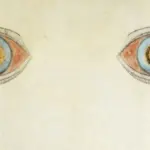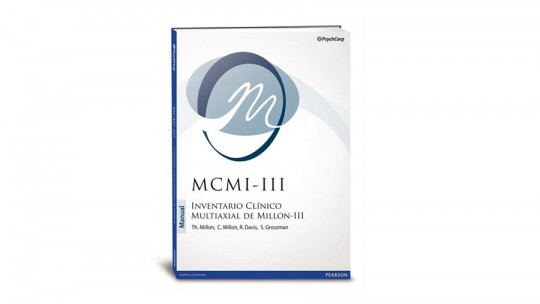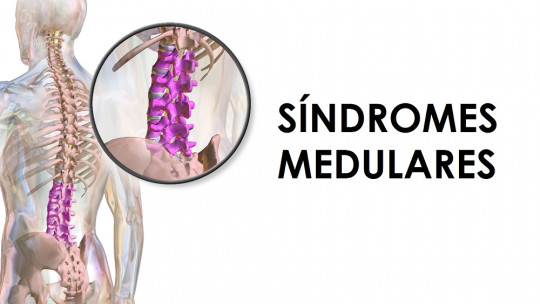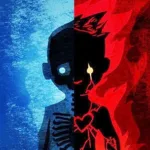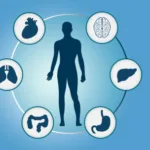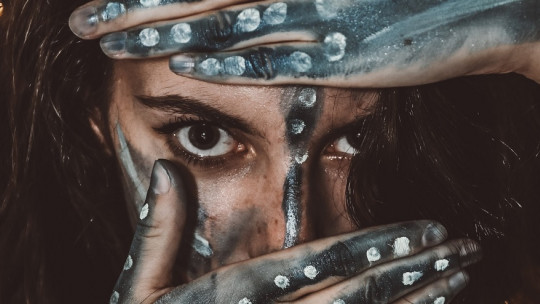
Although most mental or psychopathological disorders occur with almost the same frequency anywhere in the world, there are certain mental disorders that only occur in a specific society or culture. They are the so-called cultural syndromes
Also known as cultural mental disorders, they are characterized by being psychopathological conditions that occur specifically in members of a culture but they can become so common in certain places that where they appear they are considered the most common alterations.
What are cultural syndromes?
Cultural syndromes are mental or psychosomatic disorders that only affect a specific community, society or culture. These syndromes are registered as diseases although, sometimes, there is no organic pathology in the patients
Although there may be similarities with other pathologies or experiences, the syndromes or cultural disorders are not observed in other societies or cultural centers outside where it was discovered and located.
Likewise, the term “cultural syndrome” itself has been highly debated among the scientific community, and a large part of it censors it and resists using it, since they are categorized by the culture itself.
Cultural syndromes put the differences between cultures at the center of attention. Differences that are necessary above all in the different aspects of spiritual, mental or physical perceptions and experiences For example, a behavior or behavior that in another culture is experienced as abnormal or pathological in Western culture can be perfectly integrated into what is considered “normal.”
Currently, the most important diagnostic manual, the DSM-5, refers to cultural syndromes under the general category of “cultural concepts of stress.”
How to identify a cultural syndrome?
There are certain distinctive features of cultural syndromes that make it possible to differentiate them. These features are:
Within the symptoms associated with these syndromes you can find both somatic symptoms, such as pain; or symptoms related to behavioral disturbances Likewise, although some of these syndromes share a basic symptomatology, different elements related to culture can always be found that can distinguish them.
Finally, it must be taken into account that many times the limits of what is considered a culture are blurred, although it is generally possible to territorially delimit its scope among human populations.
Examples of cultural syndromes
Although there is a long record of cultural syndromes, all of them categorized according to the region of the world to which they are typical, this article describes a series of cultural syndromes that stand out for being peculiar or striking
1. Hwa-byung syndrome (Korea)
The Hwa-byung, also known as Hwa-byeong, is a somatization disorder typical of Korea. This mental alteration appears in people who are unable to face or control their anger in situations that they perceive as unfair.
The term is can be translated as a compound word made up of “fire” or “anger” and “disease.” Likewise, if the geographical area is further restricted, In South Korea it is better known as “depression or anger disease.”
The epidemiology of this disorder is an incidence of 35% in the working population.
2. Sleeping Sangue (Cape Verde, Africa)
This alteration is culturally related to the islanders who inhabit Cape Verde, in Africa. This disorder includes suffering from a wide range of neurological ailments, including blindness, seizures, numbness, pain, paralysis, stroke, and tremors. It can also be responsible for acute myocardial infarction, miscarriage and infection.
The original term belongs to the Portuguese language and literally translates as “sleeping blood.”
3. Spirit illness (Indo-America)
This disorder, typical of Native American tribes, is characterized by the fact that the person manifests a wide variety of somatic and psychological symptoms associated with excessive, and sometimes, obsessive preoccupation with issues related to death
In this phenomenon, the importance of suggestion and psychological rumination is intuited, phenomena that feed on each other and have to do with an alteration in the management of the attention focus and the management of anxiety that, in addition, is influenced by what is observed in the behavior of others.
4. Koro (China and Malaysia)
Koro disease is a disorder that mainly affects men, who experience a state of panic, with anxious tendencies, during which this you notice that your penis is decreasing in size or it is receding, as if it could disappear.
Although in a syndrome specific to the male sex, cases have been recorded in women, who perceived said shrinkage in their breasts and genitals.
Since anxiety states can affect the volume and circumference of the penis, this panic is fed back, leading to behaviors such as holding or fixing the penis with some type of instrument.
Most cases of Koro occur in men, during adolescence and youth who suffer from a sexual, paranoid or depressive disorder.
5. Fright or fright syndrome (Latin America)
A rather unusual or unique syndrome typical of Latin American culture is that of susto or espanto. In it The person who is the victim of a fright or startle experiences a series of symptoms associates that turn the mere fact of scaring someone into the cause of an illness.
A wide variety of symptoms associated with scare syndrome have been described, some of them are:
There have been cases of people who were affected by this disease to the point of death.
6. Arctic Hysteria or Piblokto (North Pole Populations)
This type of hysteria was recorded in populations originating from the North Pole, such as the Eskimos of Siberia, Canada, Greenland or Alaska
This type of disorder can be divided into two different syndromes:
- A syndrome typical of the Siberian region whose main characteristic is that the person suffers from a strong imitative mania
- A state in which the person suffers frantic dissociation
In either of the two varieties, the person returns to their normal state once the crisis has passed.
7. Morgellons Syndrome (Western Society)
In Morgellons syndrome the person is invaded by a delusion according to which believe you are infected by infectious elements or elements capable of transmitting a disease such as insects and parasites.
People who suffer from this disorder manifest a series of skin lesions due to the obsession with scratching and biting the skin, since according to the patient they feel a constant tingling sensation.


